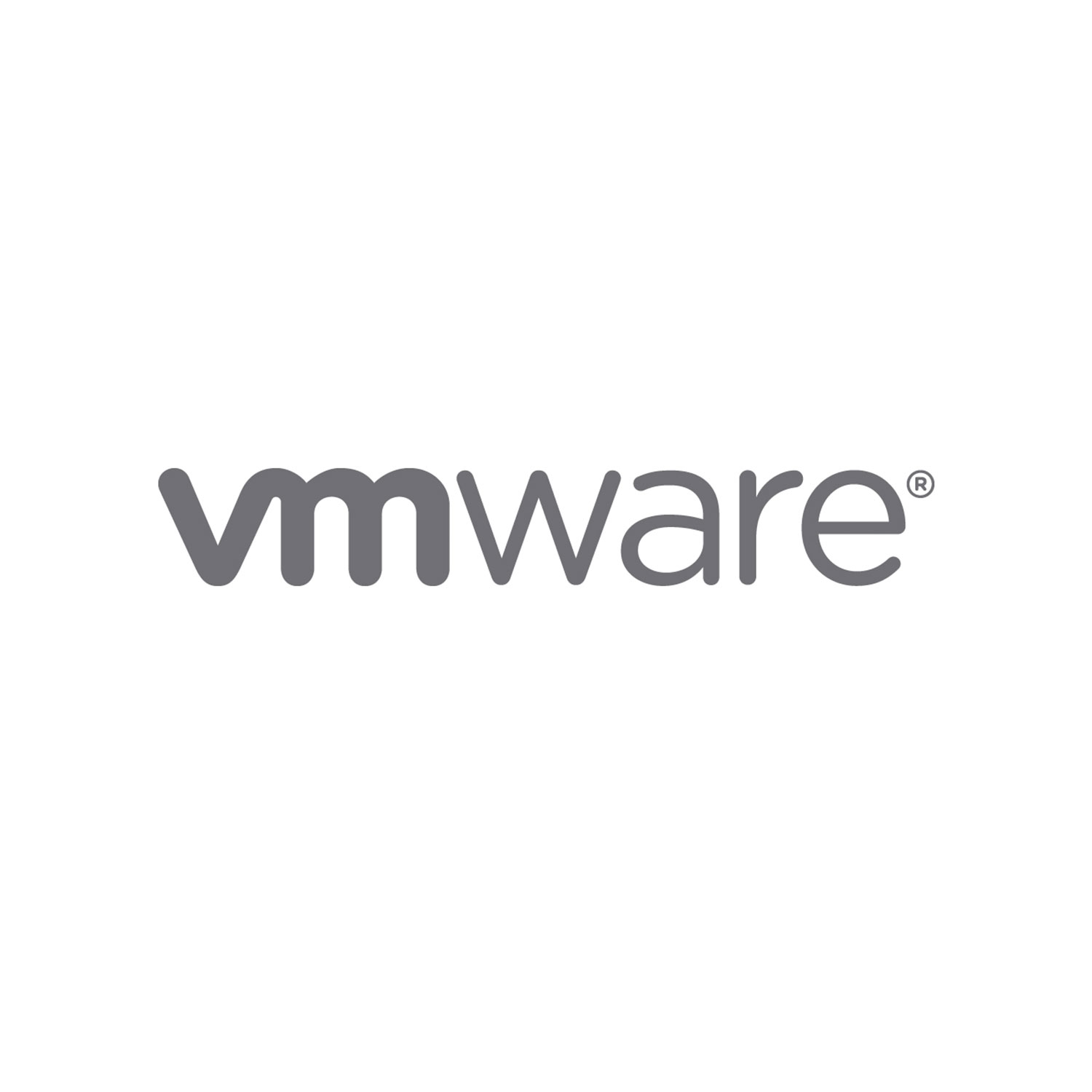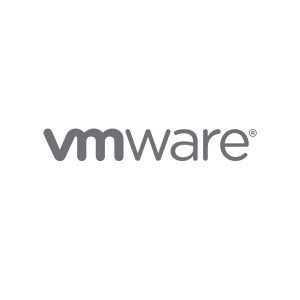Description
About This Course
This training course, for experienced VMware vSphere® personnel, teaches advanced skills for configuring and maintaining a highly available and scalable virtual infrastructure. The course is based on VMware ESXi™ 5.5 and VMware® vCenter Server™ 5.5.
This course prepares the student for the VMware Certified Advanced Professional – Datacenter Administration [V5] certification (VCAP5-DCA). Completion of this course also satisfies the prerequisite for taking the VMware® Certified Professional 5 exam.
Prerequisites
- Completion of one of the following courses:
- VMware vSphere: Install, Configure, Manage [V5.5]
- VMware vSphere: What’s New [V5.5]
- VMware vSphere: Fast Track
- Or equivalent knowledge and administration experience with ESXi and vCenter Server
- Experience working at the command prompt is highly recommended.
Course Objectives:
By the end of the course, you should be able to do the following:
- Configure and manage ESXi networking and storage for a large and sophisticated enterprise.
- Manage changes to the vSphere environment.
- Optimize the performance of all vSphere components.
- Troubleshoot operational faults and identify their root causes.
- Use VMware vSphere® ESXi™ Shell and VMware vSphere® Management Assistant to manage vSphere.
- Use VMware vSphere® Auto Deploy™ to provision ESXi hosts.
Who Should Attend
-
Experienced system administrators
-
Systems engineers
-
System integrators
Course Outline
Lesson 1: Course Introduction
-
Introductions and course logistics
-
Course objectives
Lesson 2: VMware Management Resources
-
Deploy and configure vSphere Management Assistant
-
Configure ESXi technical support mode and SSH access
-
Use the esxcli, vicfg, and vmware-cmd commands
-
Review ESXi and vCenter Server log files
Lesson 3: Performance in a Virtualized Environment
-
Review the vSphere performance troubleshooting methodology
-
Explain software and hardware virtualization techniques and their effects on performance
-
Use vSphere performance monitoring tools
Lesson 4: Network Scalability
-
Create, configure, and manage vSphere distributed switches
-
Migrate virtual machines from standard switches to distributed switches
-
Explain distributed switch features such as PVLANs, VMware vSphere® Network I/O Control, port mirroring, LACP, and NetFlow
Lesson 5: Network Optimization
-
Explain the performance features of network adapters
-
Explain the performance features of vSphere networking
-
Monitor key network performance metrics
-
Use vSphere Management Assistant to manage virtual network configurations
-
Troubleshoot common network performance problems
Lesson 6: Storage Scalability
-
Explain vSphere storage APIs for array integration and storage awareness
-
Configure profile-driven storage
-
Add a storage policy to a virtual machine storage profile
-
Configure VMware vSphere® Storage DRS™ and VMware vSphere® Storage I/O Control
Lesson 7: Storage Optimization
-
Diagnose storage access problems
-
Explain how storage protocols, VMware vSphere® VMFS configuration, load balancing, and queuing affect performance
-
Explain vSphere® Flash Read Cache™
-
Monitor key storage performance metrics
-
Use vSphere Management Assistant to manage virtual storage
-
Troubleshoot common storage performance problems
Lesson 8: CPU Optimization
-
Explain the CPU scheduler operation, NUMA support, and other features that affect CPU performance
-
Monitor key CPU performance metrics
-
Troubleshoot common CPU performance problems
Lesson 9: Memory Optimization
-
Explain ballooning, memory compression, and host swapping techniques for memory reclamation when memory is overcommitted
-
Monitor key memory performance metrics
-
Troubleshoot common memory performance problems
Lesson 10: Virtual Machine and Cluster Optimization
-
Describe performance guidelines for virtual machines, resource allocation settings, VMware vSphere® Distributed Resource Scheduler™ clusters, resource pools, and VMware vSphere® High Availability admission control policies
-
Troubleshoot virtual machine power-on failures
-
Troubleshoot vSphere cluster problems
Lesson 11:Host and Management Scalability
-
Explain VMware vSphere® Distributed Power Management™
-
Use Host Profiles to manage ESXi configuration compliance
-
Use VMware vSphere® PowerCLI™ to perform vSphere administrative tasks
-
Use Image Builder to create an ESXi installation image
-
Use vSphere Auto Deploy to provision ESXi hosts


